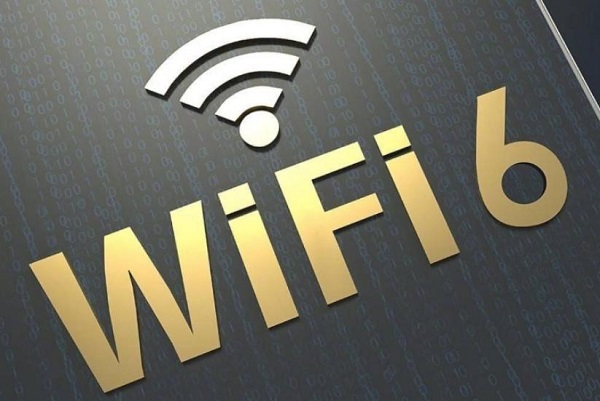WiFi6 is a naming convention proposed by the WiFi Alliance for wireless network standards. It changed 802.11ax to WiFi6 and was released in 2019. The routers currently on the market are all 802.11ac, which is WiFi5, which was released by the WiFi Alliance in 2014. There is also the earlier 802.11n, which was released in 2009 and is the fourth generation of WiFi. The old naming of 802.11ac is too professional in terminology, so the WiFi Alliance came up with the WiFi6 specification.
Advantages of wifi6:
1. Speed:
The latest Wi-Fi 6 standard provides faster data transfer speeds. At 5GHz and 80MHz bandwidth, the single-transmit and single-receive speed of WiFi 5 is 433Mbps, while the single-transmit and single-receive speed of Wi-Fi 6 is 600Mbps under the same conditions.
If you are using a single-device WiFi router, the maximum potential speed of WiFi 6 should be about 40% faster than WiFi 5. WiFi 6 improves throughput through more efficient data encoding. First and foremost, more data is packed into the same radio waves, and the chips that encode and decode these signals are more powerful and can handle additional tasks.
The new standard WiFi 6 even increases the network speed of 2.4GHz. Although the industry has moved to 5GHz WiFi to reduce interference, 2.4GHz is still a magic weapon for penetrating solid objects. And because old equipment such as old cordless phones and wireless baby monitors have been retired, the interference to 2.4GHz should not be too great.
2. Standby:

WiFi6 introduces TargetWake Time (TWT, Target Wake Time) technology. The wireless router only connects when receiving a transmission command, and is in a dormant state at other times. According to estimates, power consumption can be reduced by 30%, and battery life is expected to be longer. TWT target wake-up technology allows the client to significantly shorten the time to maintain and collect multiple signals, thereby reducing battery consumption and extending the life of the battery during regular use.
When the access point communicates with a device, it can accurately “tell the device” when to put its Wi-Fi radio to sleep and when to wake it up for the next transmission. This working mode can save Wi-Fi client power to a certain extent, and also means longer standby time when the device is using battery.
What are the advantages of WiFi6 3. Security:
WiFi6 adopts the new generation encryption security protocol WPA3. WPA3 will soon encrypt all data on public Wi-Fi networks to further protect unsecured Wi-Fi networks. Especially when users use WIFI hotspots such as shopping malls and hotels, the WPA3 protocol can create a more secure connection, preventing hackers from powerful attacks, making it difficult for hackers to peek into the user’s traffic and obtain private information. WiFi6 devices must use WPA3 to pass WiFi Alliance certification, which can block powerful attacks, brute force cracking, etc., enhance user WiFi security, and protect user privacy and security.
The above is the introduction of WiFi6. The emergence of WiFi6 not only speeds up data transmission, but also greatly improves power consumption and security. The continuous development of wireless communication technology has brought great benefits to society and business. More quick and easy.